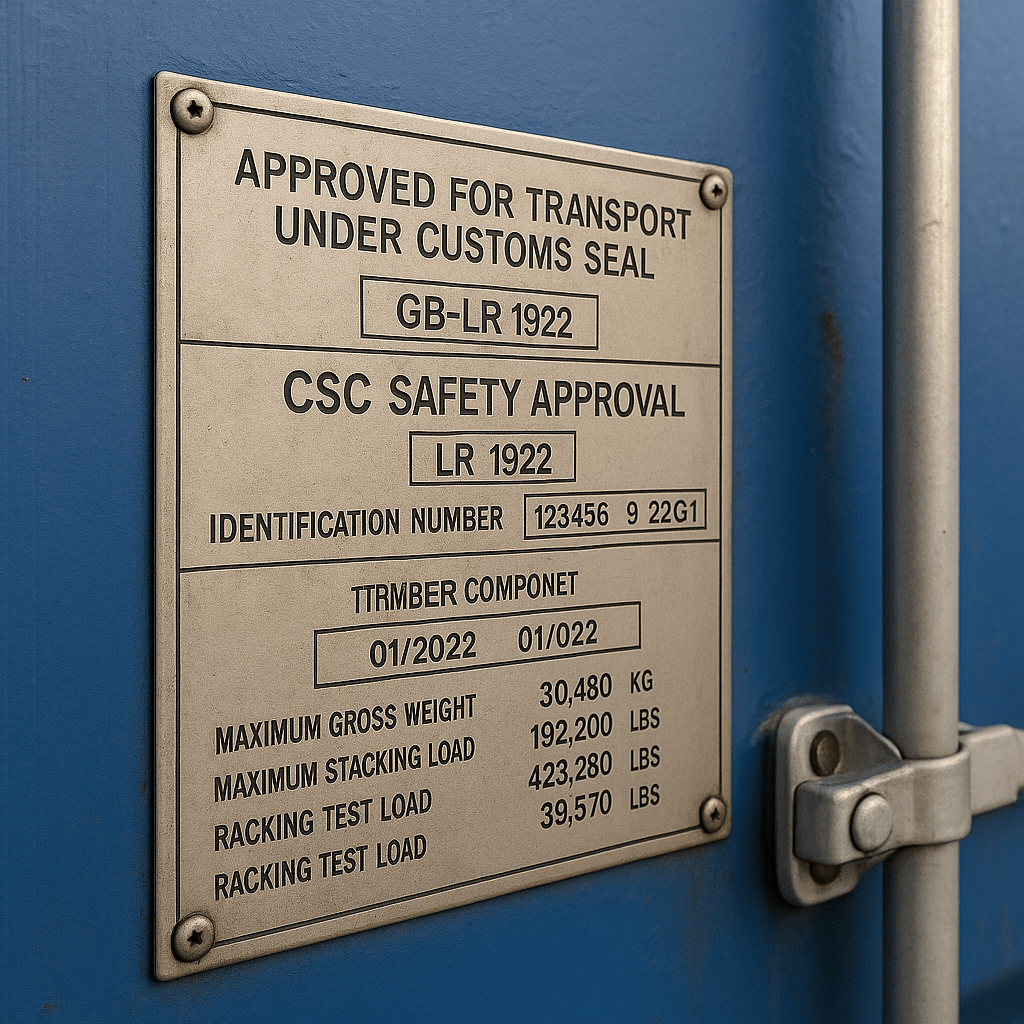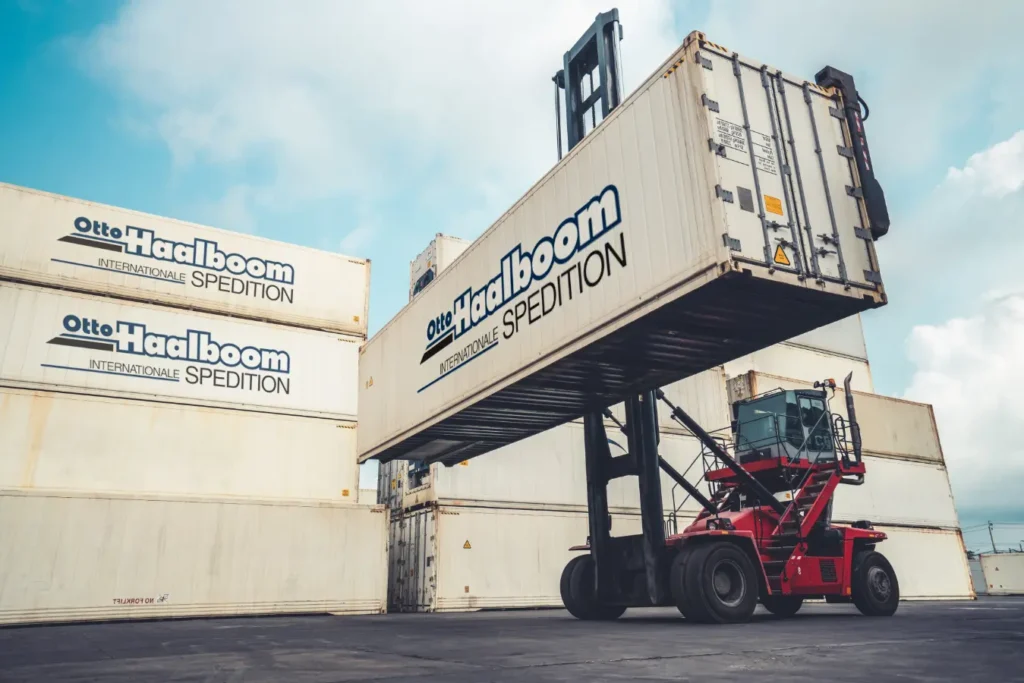How containers are coded:
Containers play a central role in the global movement of goods – their unique coding and standardised labelling are essential for safe and traceable transport. Find out here how container coding works and what interesting facts there are to know about sea containers.
Structure & meaning
Every container in the world is individually labelled in accordance with the international standard ISO 6346. This coding makes it possible to clearly identify the owner, type of use and serial number of a container.
A typical example: OHHU 602020 0
-
First three letters:
Owner code (freely assignable combination of letters) -
Fourth letter:
Type designation of the container (e.g. ‘U’ for universal use) -
Six-digit number:
Individual identification number of the owner -
Last digit:
Check digit to verify the correctness of the number
Important: The so-called ‘prefix’ is only assigned once worldwide and is coordinated by the BIC (Bureau International des Containers) in Paris. This ensures that every container has a unique identity worldwide.
The significance of the CSC badge
Every newly manufactured container receives an official inspection sticker: the CSC sticker (in accordance with the International Convention for Safe Containers).
This label confirms that the container complies with international safety standards and may be used in maritime transport.
Validity: 5 years from issue
Extension: After expiry, a new examination and authorisation is carried out
A container may not be transported on ships without a valid CSC sticker.


Current facts about sea containers
-
Worldwide container fleet:
Over 30 million TEU (Twenty-foot Equivalent Units) in use -
service life of a container:
25 years on average; can be used for longer with good maintenance - especially on land -
Stacking heights on ships:
Up to 9-12 layers in the holds, usually 5-6 layers on deck or ashore -
Number of container ships:
Around 6,400 specialised container ships worldwide -
Largest container ships:
Over 24,000 TEU capacity - the largest ships hold up to 24,400 TEU
Container coding creates security and efficiency
The correct labelling and regular inspection of containers are essential for smooth, safe global trade.
As an experienced partner for worldwide sea freight and container management, Otto Haalboom Internationale Spedition is always on hand to advise you.
